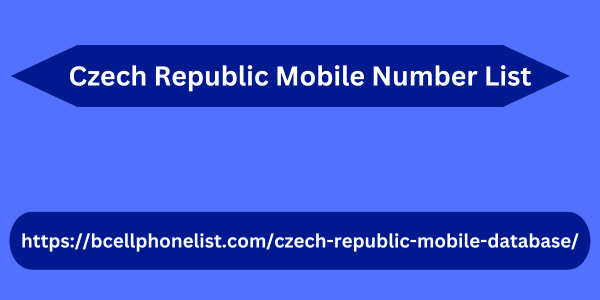Post by account_disabled on Mar 11, 2024 23:42:51 GMT -5
Paulo Juno is from Goiás, visual artist, engraver and graphic designer. In mid-2014 he began to dedicate himself exclusively to his work and research on urban representation at the visual arts academy at the Federal University of Goiás, going through various artistic techniques, such as: painting, drawing, photography, installation, video and engraving, where sought to represent the city using common construction materials in urban works by engraving them on paper.
He has always sought to represent urban architecture through the materials, images and places that the city and its architecture offer. From engraving he started to think more about experimenting with his skills in graphic design as a technique for creating his works, at that point he came to digigravure which is the creation or manipulation of images through some graphic software.
Today, digigravure is his most Czech Republic Mobile Number List used creation process, where his matrix is the computer screen where he creates his experiments and visual manipulations to reach the plastic result of what he thinks and perceives to be the city using his aesthetic experience, as a conceptual support for creation.
The artist participates in the Salon with a series of digital engravings.
Text by the artist about the works:
Series Essays on architecture, structures and concrete
My work has an intimate relationship with the place of urban architecture, with the experimentation that is the contemplation of city spaces, whether standing in a square or on the street observing the architectural bodies around me, or observing a photograph, a video or even walking with Google streetview through different places and cities around the world.

Urban spaces carry a lot of memory and visual stimuli, the city, this large visual complex of situations and singularities, has distinct architectural details and situations. Observing these details leads to the contemplation and imagination of utopian architectural scenarios.
From this understanding comes the essays on architecture, structures and concrete. When observing what cities transmit to me, I think about and transmute their structures and forms, where the visuality of the form, the weight of the concrete and the connection of the structures are highlighted.
The essays create visual experiments that invite the viewer to observe them, bringing a perspective that seeks to develop the observation and contemplation of urban spaces and the details of their architecture by their own residents and passers-by.
He has always sought to represent urban architecture through the materials, images and places that the city and its architecture offer. From engraving he started to think more about experimenting with his skills in graphic design as a technique for creating his works, at that point he came to digigravure which is the creation or manipulation of images through some graphic software.
Today, digigravure is his most Czech Republic Mobile Number List used creation process, where his matrix is the computer screen where he creates his experiments and visual manipulations to reach the plastic result of what he thinks and perceives to be the city using his aesthetic experience, as a conceptual support for creation.
The artist participates in the Salon with a series of digital engravings.
Text by the artist about the works:
Series Essays on architecture, structures and concrete
My work has an intimate relationship with the place of urban architecture, with the experimentation that is the contemplation of city spaces, whether standing in a square or on the street observing the architectural bodies around me, or observing a photograph, a video or even walking with Google streetview through different places and cities around the world.

Urban spaces carry a lot of memory and visual stimuli, the city, this large visual complex of situations and singularities, has distinct architectural details and situations. Observing these details leads to the contemplation and imagination of utopian architectural scenarios.
From this understanding comes the essays on architecture, structures and concrete. When observing what cities transmit to me, I think about and transmute their structures and forms, where the visuality of the form, the weight of the concrete and the connection of the structures are highlighted.
The essays create visual experiments that invite the viewer to observe them, bringing a perspective that seeks to develop the observation and contemplation of urban spaces and the details of their architecture by their own residents and passers-by.


 and a lot of information will be out of date.
and a lot of information will be out of date.